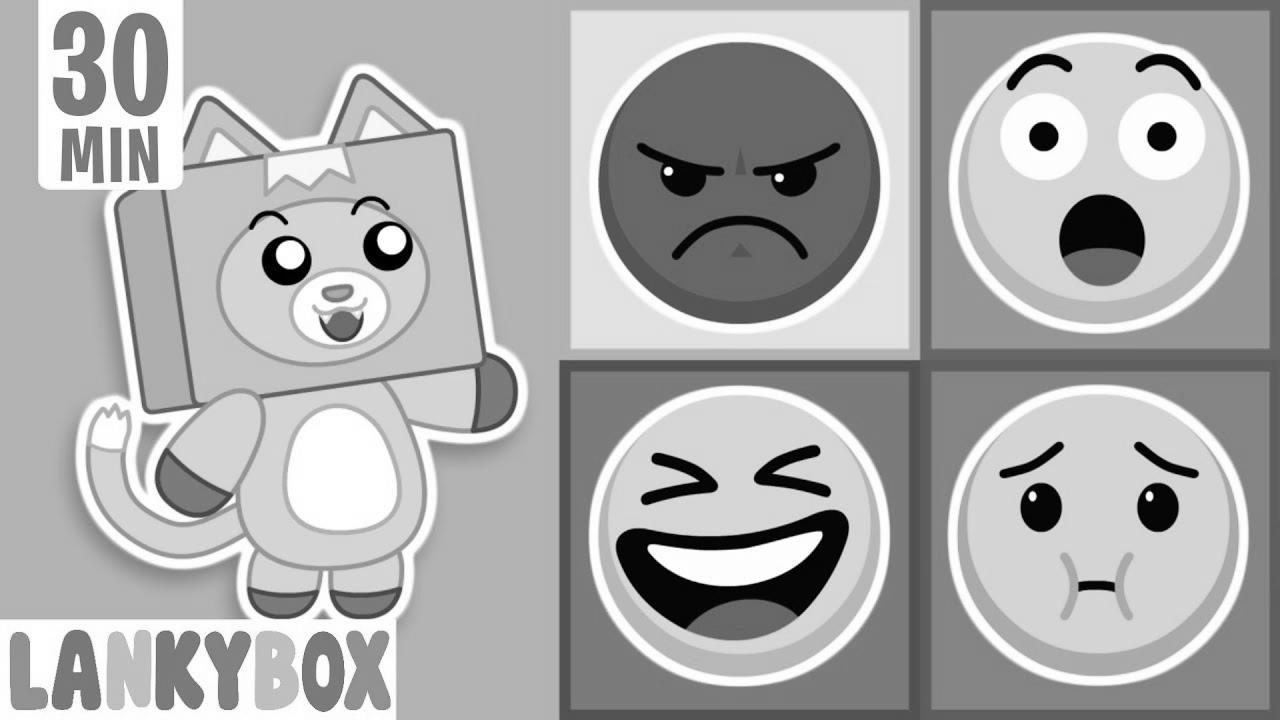Learn Emotions with LankyBox – Humorous Emoji Tales for Youngsters | LankyBox Channel Children Cartoon
Warning: Undefined variable $post_id in /home/webpages/lima-city/booktips/wordpress_de-2022-03-17-33f52d/wp-content/themes/fast-press/single.php on line 26

Be taught , Study Feelings with LankyBox - Humorous Emoji Tales for Kids | LankyBox Channel Children Cartoon , , 8zIkXVrxm5s , https://www.youtube.com/watch?v=8zIkXVrxm5s , https://i.ytimg.com/vi/8zIkXVrxm5s/hqdefault.jpg , 44510 , 5.00 , Be taught Emotions with LankyBox - Funny Emoji Stories for Children | LankyBox Channel Children Cartoon Cunning discovered magic emoji stickers ... , 1653948002 , 2022-05-31 00:00:02 , 00:30:21 , UCBth_LGMSh68e1mpjm_6Jug , LankyBox Channel , 659 , , [vid_tags] , https://www.youtubepp.com/watch?v=8zIkXVrxm5s , [ad_2] , [ad_1] , https://www.youtube.com/watch?v=8zIkXVrxm5s, #Learn #Feelings #LankyBox #Funny #Emoji #Stories #Kids #LankyBox #Channel #Kids #Cartoon [publish_date]
#Learn #Feelings #LankyBox #Humorous #Emoji #Stories #Children #LankyBox #Channel #Youngsters #Cartoon
Learn Emotions with LankyBox - Humorous Emoji Tales for Youngsters | LankyBox Channel Children Cartoon Foxy discovered magic emoji stickers ...
Quelle: [source_domain]
- Mehr zu learn Encyclopaedism is the procedure of exploit new understanding, noesis, behaviors, skills, values, attitudes, and preferences.[1] The power to learn is controlled by homo, animals, and some machinery; there is also bear witness for some rather eruditeness in certain plants.[2] Some encyclopaedism is proximate, evoked by a separate event (e.g. being unburned by a hot stove), but much skill and knowledge roll up from repeated experiences.[3] The changes induced by encyclopaedism often last a lifespan, and it is hard to distinguish learned substance that seems to be "lost" from that which cannot be retrieved.[4] Human encyclopedism launch at birth (it might even start before[5] in terms of an embryo's need for both physical phenomenon with, and exemption within its situation inside the womb.[6]) and continues until death as a result of ongoing interactions 'tween populate and their situation. The trait and processes caught up in encyclopedism are unstudied in many constituted comic (including educational psychological science, neuropsychology, psychology, cognitive sciences, and pedagogy), also as emergent comedian of cognition (e.g. with a shared pertain in the topic of learning from guard events such as incidents/accidents,[7] or in collaborative encyclopaedism health systems[8]). Investigate in such comedian has led to the identification of assorted sorts of eruditeness. For case, learning may occur as a effect of accommodation, or classical conditioning, conditioning or as a result of more composite activities such as play, seen only in comparatively searching animals.[9][10] Encyclopedism may occur consciously or without conscious incognizance. Encyclopedism that an dislike event can't be avoided or loose may effect in a condition called educated helplessness.[11] There is show for human behavioral encyclopedism prenatally, in which addiction has been observed as early as 32 weeks into gestation, indicating that the central unquiet organization is insufficiently matured and set for education and remembering to occur very early in development.[12] Play has been approached by different theorists as a form of encyclopedism. Children inquiry with the world, learn the rules, and learn to act through play. Lev Vygotsky agrees that play is crucial for children's growth, since they make significance of their environs through and through performing arts educational games. For Vygotsky, yet, play is the first form of learning terminology and communication, and the stage where a child begins to realize rules and symbols.[13] This has led to a view that encyclopaedism in organisms is forever kindred to semiosis,[14] and often related to with mimetic systems/activity.